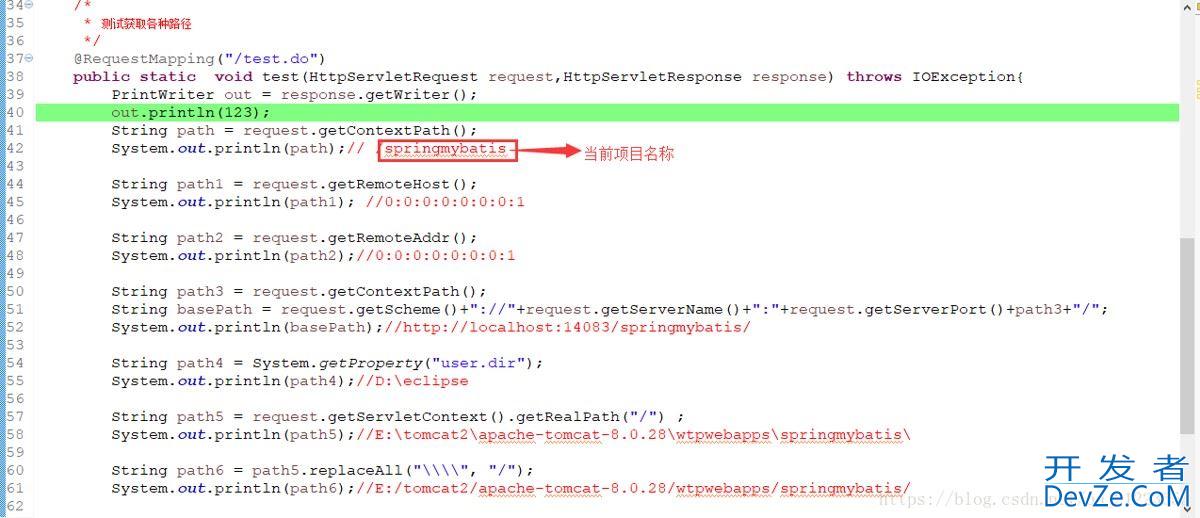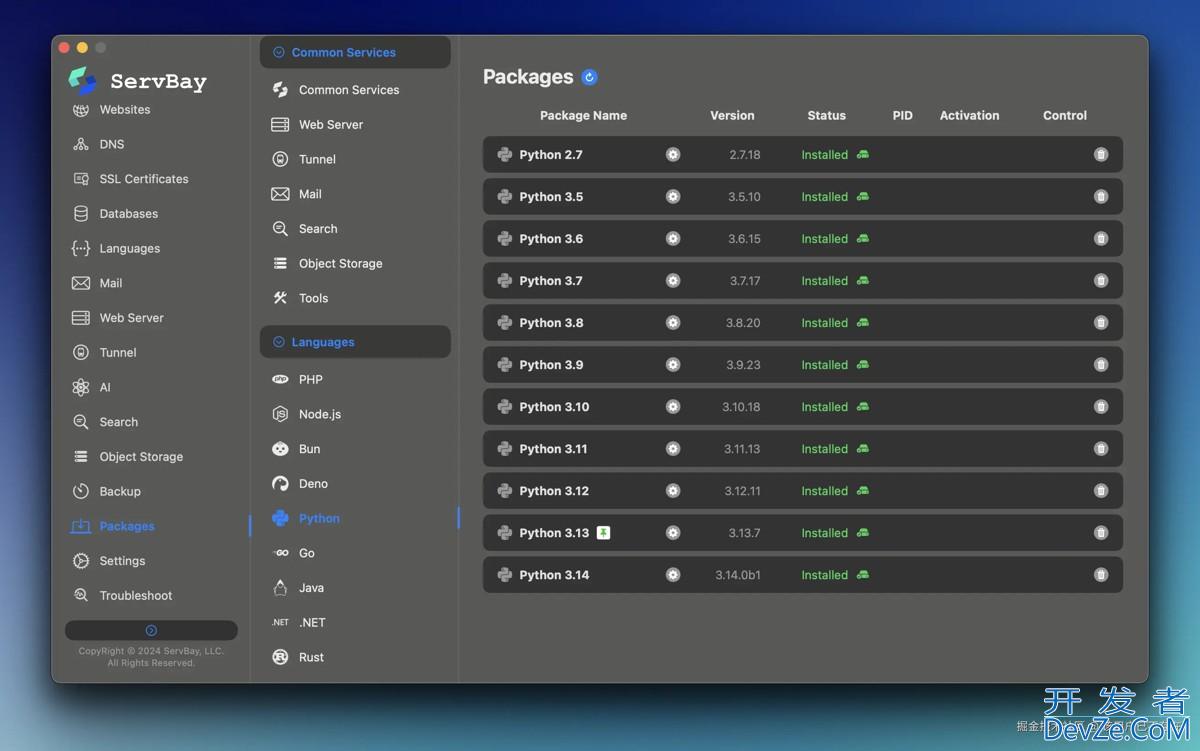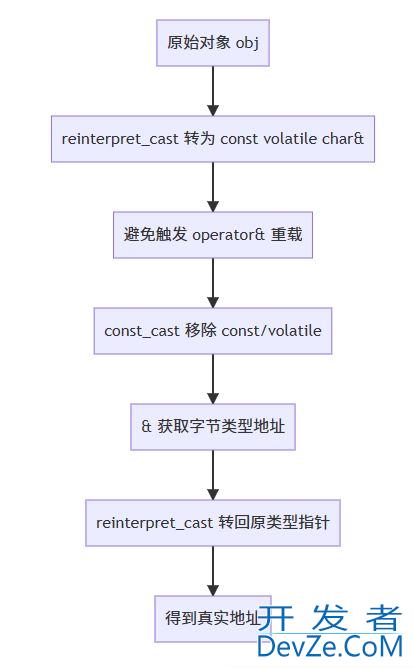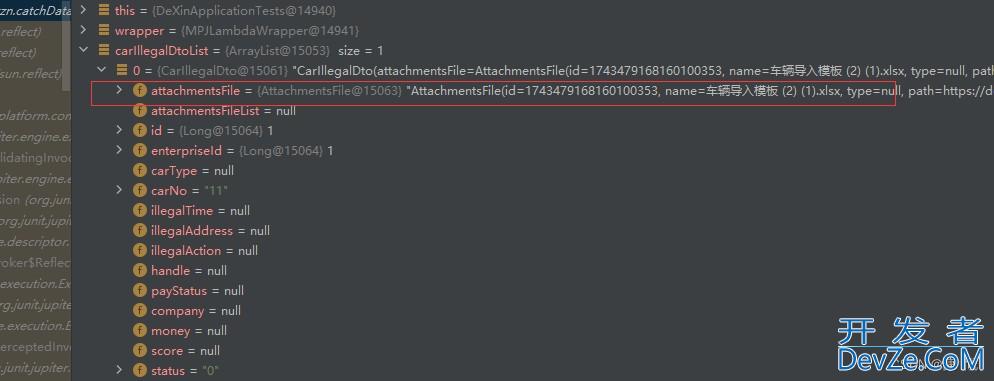方法一
import random
import numpy as np
from PIL import Image, ImageOps, ImageFilter
from skimage.filters import gaussian
import torch
import math
import numbers
import random
class RandomVerticalFlip(object):
def __call__(self, img):
if random.random() < 0.5:
return img.transpose(Image.FLIP_TOP_BOTTOM)
return img
class DeNormalize(object):
def __init__(self, mean, std):
self.mean = mean
self.std = std
def __call__(self, tensor):
for t, m, s in zip(tensor, self.mean, self.std):
t.mul_(s).add_(m)
return tensor
class MaskToTensor(object):
def __call__(self, img):
return torch.from_numpy(np.array(img, dtype=np.int32)).long()
class FreeScale(object):
def __init__(self, size, interpolation=Image.BILINEAR):
self.size = tuple(reversed(size)) # size: (h, w)
self.interpolation = interpolation
def __call__(self, img):
return img.resize(self.size, self.interpolation)
class FlipChannels(object):
def __call__(self, img):
img = np.array(img)[:, :, ::-1]
return Image.fromarray(img.astype(np.uint8))
class RandomGaussianBlur(object):
def __call__(self, img):
sigma = 0.15 + random.random() * 1.15
blurred_img = gaussian(np.array(img), sigma=sigma, multichannel=True)
blurred_img *= 255
return Image.fromarray(blurred_img.astype(np.uint8))
# 组合
class Compose(object):
def __init__(self, transforms):
self.transforms = transforms
def __call__(self, img, mask):
assert img.size == mask.size
for t in self.transforms:
img, mask = t(img, mask)
return img, mask
# 随机裁剪
class RandomCrop(object):
def __init__(self, size, padding=0):
if isinstance(size, numbers.Number):
self.size = (int(size), int(size))
else:
self.size = size
self.padding = padding
def __call__(self, img, mask):
if self.padding > 0:
img = ImageOps.expand(img, border=self.padding, fill=0)
mask = ImageOps.expand(mask, border=self.padding, fill=0)
http://www.cppcns.com assert img.size == mask.size
w, h = img.size
th, tw = self.size
if w == tw and h == th:
return img, mask
if w < tw or h < th:
return img.resize((tw, th), Image.BILINEAR), mask.resize((tw, th), Image.NEAREST)
x1 = random.randint(0, w - tw)
y1 = random.randint(0, h - th)
return img.crop((x1, y1, x1 + tw, y1 + th)), mask.crop((x1, y1, x1 + tw, y1 + th))
# 中心裁剪
class CenterCrop(object):
def __init__(self, size):
if isinstance(size, numbers.Number):
self.size = (int(size), int(size))
else:
self.size = size
def __call__(self, img, mask):
assert img.size == mask.size
w, h = img.size
th, tw = self.size
x1 = int(round((w - tw) / 2.))
y1 = int(round((h - th) / 2.))
return img.crop((x1, y1, x1 + tw, y1 + th)), mask.crop((x1, y1, x1 + tw, y1 + th))
class RandomHorizontallyFlip(object):
def __call__(self, img, mask):
if random.random() < 0.5:
return img.transpose(Image.FLIP_LEFT_RIGHT), mask.transpose(Image.FLIP_LEFT_RIGHT)
return img, mask
class Scale(object):
def __init__(self, size):
self.size = size
def __call__(self, img, mask):
assert img.size == mask.size
w, h = img.size
if (w >= h and w == self.size) or (h >= w and h == self.size):
return img, mask
if w > h:
ow = self.size
oh = int(self.size * h / w)
return img.resize((ow, oh), Image.BILINEAR), mask.resize((ow, oh), Image.NEAREST)
else:
oh = self.size
ow = int(self.size * w / h)
return img.resize((ow, oh), Image.BILINEAR), mask.resize((ow, oh), Image.NEAREST)
class RandomSizedCrop(object):
def __init__(self, size):
self.size = size
def __call__(self, img, mask):
assert img.size == mask.size
for attempt in range(10):
area = img.size[0] * img.size[1]
target_area = random.uniform(0.45, 1.0) * area
aspect_ratio = random.uniform(0.5, 2)
w = int(round(math.sqrt(target_area * aspect_ratio)))
h = int编程客栈(round(math.sqrt(target_area / aspect_ratio)))
if random.random() < 0.5:
w, h = h, w
if w <= img.size[0] and h <= img.size[1]:
x1 = random.randint(0, img.size[0] - w)
y1 = random.randint(0, img.size[1] - h)
img = img.crop((x1, y1, x1 + w, y1 + h))
mask = mask.crop((x1, y1, x1 + w, y1 + h))
ashttp://www.cppcns.comsert (img.size == (w, h))
return img.resize((self.size, self.size), Image.BILINEAR), mask.resize((self.size, self.size),
Image.NEAREST)
# Fallback
scale = Scale(self.size)
crop = CenterCrop(self.size)
return crop(*scale(img, mask))
class RandomRotate(object):
def __init__(self, degree):
self.degree = degree
def __call__(self, img, mask):
rotate_degree = random.random() * 2 * self.degree - self.degree
return img.rotate(rotate_degree, Image.BILINEAR), mask.rotate(rotate_degree, Image.NEAREST)
class RandomSized(object):
def __init__(self, size):
self.size = size
self.scale = Scale(self.size)
self.crop = RandomCrop(self.size)
def __call__(self, img, mask):
assert img.size == mask.size
w = int(random.uniform(0.5, 2) * img.size[0])
h = int(random.uniform(0.5, 2) * img.size[1])
img, mask = img.resize((w, h), Image.BILINEAR), mask.resize((w, h), Image.NEAREST)
return self.crop(*self.scale(img, mask))
class SlidingCropOld(object):
def __init__(self, crop_size, stride_rate, ignore_label):
self.crop_size = crop_size
self.stride_rate = stride_rate
self.ignore_label = ignore_label
def _pad(self, img, mask):
h, w = img.shape[: 2]
pad_h = max(self.crop_size - h, 0)
pad_w = max(self.crop_size - w, 0)
img = np.pad(img, ((0, pad_h), (0, pad_w), (0, 0)), 'constant')
mask = np.pad(mask, ((0, pad_h), (0, pad_w)), 'constant', constant_values=self.ignore_label)
return img, mask
def __call__(self, img, mask):
assert img.size == mask.size
w, h = img.size
long_size = max(h, w)
img = np.array(img)
mask = np.array(mask)
if long_size > self.crop_size:
stride = int(math.ceil(self.crop_size * self.stride_rate))
h_step_num = int(math.ceil((h - self.crop_size) / float(stride))) + 1
w_step_num = int(math.ceil((w - self.crop_size) / float(stride))) + 1
img_sublist, mask_sublist = [], []
for yy in range(h_step_num):
for xx in range(w_step_num):
sy, sx = yy * stride, xx * stride
ey, ex = sy + self.crop_size, sx + self.crop_size
img_sub = img[sy: ey, sx: ex, :]
mask_sub = mask[sy: ey, sx: ex]
img_sub, mask_sub = self._pad(img_sub, mask_sub)
img_sublist.append(Image.fromarray(img_sub.astype(np.uint8)).convert('RGB'))
mask_sublist.append(Image.fromarray(mask_sub.astype(np.uint8)).convert('P'))
return img_sublist, mask_sublist
else:
img, mask = self._pad(img, mask)
img = Image.fromarray(img.astype(np.uint8)).convert('RGB')
mask = Image.fromarray(mask.astype(np.uint8)).convert('P')
return img, mask
class SlidingCrop(object):
def __init__(self, crop_size, stride_rate, ignore_label):
self.crop_size = crop_size
self.stride_rate = stride_rate
self.ignore_label = ignore_label
def _pad(self, img, mask):
h, w = img.shape[: 2]
pad_h = max(self.crop_size - h, 0)
pad_w = max(self.crop_size - w, 0)
img = np.pad(img, ((0, pad_h), (0, pad_w), (0, 0)), 'constant')
mask = np.pad(mask, ((0, pad_h), (0, pad_w)), 'constant', constant_values=self.ignore_label)
return img, mask, h, w
def __call__(self, img, mask):
assert img.size == mask.size
w, h = img.size
long_size = max(h, w)
img = np.array(img)
mask = np.array(mask)
if long_size > self.crop_size:
stride = int(math.ceil(self.crop_size * self.stride_rate))
h_step_num = int(math.ceil((h - self.crop_size) / float(stride))) + 1
w_step_num = int(math.ceil((w - self.crop_size) / float(stride))) + 1
img_slices, mask_slices, slices_info = [], [], []
for yy in range(h_step_num):
for xx in range(w_step_num):
sy, sx = yy * stride, xx * stride
ey, ex = sy + self.crop_size, sx + self.crop_size
编程客栈 img_sub = img[sy: ey, sx: ex, :]
mask_sub = mask[sy: ey, sx: ex]
img_sub, mask_sub, sub_h, sub_w = self._pad(img_sub, mask_sub)
img_slices.append(Image.fromarray(img_sub.astype(np.uint8)).convert('RGB'))
mask_slices.append(Image.fromarray(mask_sub.astype(np.uint8)).convert('P'))
slices_info.append([sy, ey, sx, ex, sub_h, sub_w])
return img_slices, mask_slices, slices_info
else:
img, mask, sub_h, sub_w = self._pad(img, mask)
img = Image.fromarray(img.astype(np.uint8)).convert('RGB')
mask = Image.fromarray(mask.astype(np.uint8)).convert('P')
return [img], [mask], [[0, sub_h, 0, sub_w, sub_h, sub_w]]
方法二
import numpy as np
import random
import torch
from torchvision import transforms as T
from torchvision.transforms import functional as F
def pad_if_smaller(img, size, fill=0):
# 如果图像最小边长小于给定size,则用数值fill进行padding
min_size = min(img.size)
if min_size < size:
ow, oh = img.size
padh = size - oh if oh < size else 0
padw = size - ow if ow < size else 0
img = F.pad(img, (0, 0, padw, padh), fill=fill)
return img
class Compose(object):
def __init__(self, transforms):
self.transforms = transforms
def __call__(self, image, target):
for t in self.transforms:
image, target = t(image, target)
return image, target
class RandomResize(object):
def __init__(self, min_size, max_size=None):
self.min_size = min_size
if max_size is None:
max_size = min_size
self.max_size = max_size
def __call__(self, image, target):
size = random.randint(self.min_size, self.max_size)
# 这里size传入的是int类型,所以是将图像的最小边长缩放到size大小
image = F.resize(image, size)
# 这里的interpolation注意下,在torchvision(0.9.0)以后才有InterpolationMode.NEAREST
# 如果是之前的版本需要使用PIL.Image.NEAREST
target = F.resize(target, size, interpolation=T.InterpolationMode.NEAREST)
return image, target
class RandomHorizontalFlip(object):
def __init__(self, flip_prob):
self.flip_prob = flip_prob
def __call__(self, image, target):
if random.random() < self.flip_prob:
image = F.hflip(image)
target = F.hflip(target)
return image, target
class RandomCrop(object):
def __init__(self, size):
self.size = size
def __call__(self, image, target):
image = pad_if_smaller(image, self.size)
target = pad_if_smaloqEllEVURuler(target, self.size, fill=255)
crop_params = T.RandomCrop.get_params(image, (self.size, self.size))
image = F.crop(image, *crop_params)
target = F.crop(target, *crop_params)
return image, target
class CenterCrop(object):
def __init__(self, size):
self.size = size
def __call__(self, image, target):
image = F.center_crop(image, self.size)
target = F.center_crop(target, self.size)
return image, target
class ToTensor(object):
def __call__(self, image, target):
image = F.to_tensor(image)
target = torch.as_tensor(np.array(target), dtype=torch.int64)
return image, target
class Normalize(object):
def __init__(self, mean, std):
self.mean = mean
self.std = std
def __call__(self, image, target):
image = F.normalize(image, mean=self.mean, std=self.std)
return image, target
到此这篇关于详解python实现图像分割增强的两种方法的文章就介绍到这了,更多相关Python图像分割增强内容请搜索我们以前的文章或继续浏览下面的相关文章希望大家以后多多支持我们!








 加载中,请稍侯......
加载中,请稍侯......
精彩评论